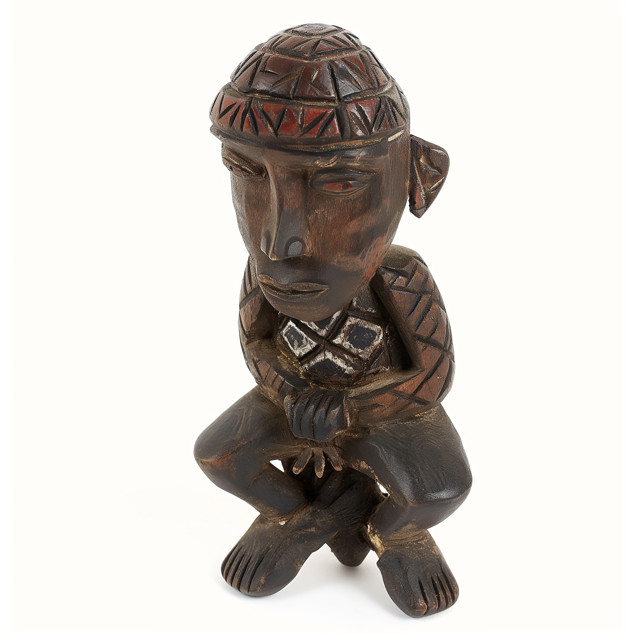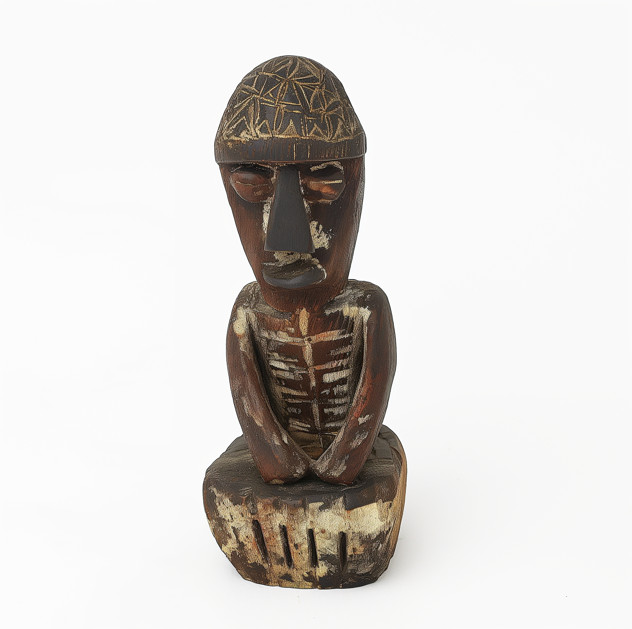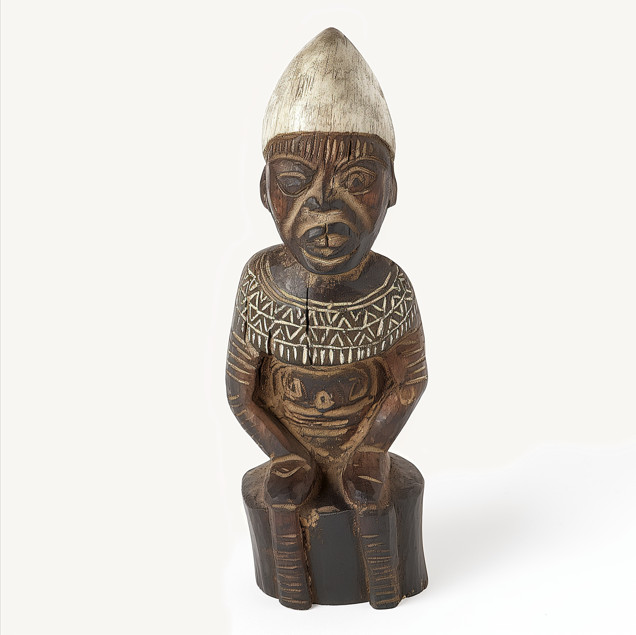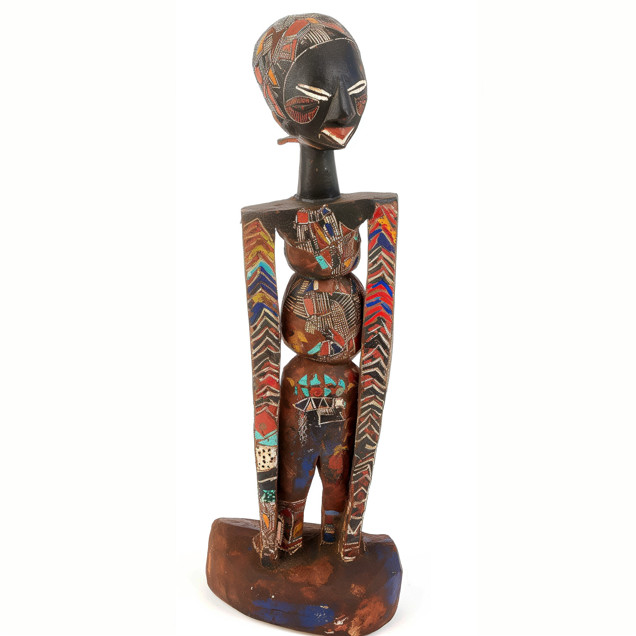
Art & Culture
The newsletters also provide a vital platform for addressing the marginalization of local African art. By allowing local reporters to collect and share stories, the initiative highlights the complexities and challenges faced by African artists in gaining recognition and appreciation both locally and globally. This section explores how the newsletters contribute to bringing these issues to light.
The Marginalization of African Art
Newsletters from Cameroon delve into the marginalization of African arts. They highlight the persistent distinctions between “high” and “low” art, which often devalue traditional arts compared to fine arts. SIDINL Newsletters play a crucial role in addressing these issues by providing a platform for artists to share their experiences and challenges.
Example
In Cameroon, local artists specializing in handicrafts often struggle with market inequalities and the marginalization of their work. The newsletters report on how these artists navigate the complex dynamics of the art market, where their creations are frequently undervalued compared to contemporary African fine arts. These stories bring to light the artists’ efforts to sustain their livelihoods and maintain their cultural identity amidst these challenges.
Power in Local Museums
Local museums in African countries often serve as instruments of power for certain ethnic tribes, further marginalizing other groups and their artistic contributions. SIDINL Newsletters document these power dynamics and their impact on local artists and communities.
Example from Western Grassfields of Cameroon
The newsletters highlight how local museums, often associated with palaces and ruling elites, present a selective expression of culture that celebrates the heritage of dominant groups while ignoring or misrepresenting the art and stories of marginalized communities. Reports detail the exclusion and frustration of artists from less dominant ethnic groups, who feel their cultural heritage and voices are sidelined in favor of the ruling elite’s narratives.
Struggles of Individual Artists
The newsletters also focus on the individual struggles of artists trying to gain recognition and market value for their work. These personal stories provide a deeper understanding of the systemic issues within the art world.
Example
Stories from local artists in Cameroon reveal the critical influence of familial lineage and community-based training in shaping their artistic identities. Artists like those involved in mask making and woodcarving share their journeys of adapting traditional art forms to contemporary market demands. These narratives emphasize the artists’ resilience and creativity in the face of market marginalization and the challenges of maintaining cultural authenticity while striving for economic survival.
Market Distinctions and Authenticity
The newsletters explore the problematic distinctions between “authentic” and “fake” art in the African art market. This dichotomy often leads to the devaluation of contemporary African art and reinforces colonial stereotypes.
Examples
Reports from the newsletters discuss how the global art market privileges historical and ethnographic purity over contemporary expressions and innovations. This focus on authenticity often marginalizes artists who use modern techniques or materials, limiting their market visibility and economic opportunities. The newsletters advocate for a more nuanced understanding of African art that respects both traditional and contemporary practices.
Also, in South Africa, the newsletters have reported on the challenges faced by artists who blend traditional African motifs with modern art forms. These artists often struggle to gain acceptance in both local and international markets that prioritize “authentic” traditional art. The newsletters advocate for a broader definition of authenticity that includes contemporary innovations and respects the evolving nature of African art.
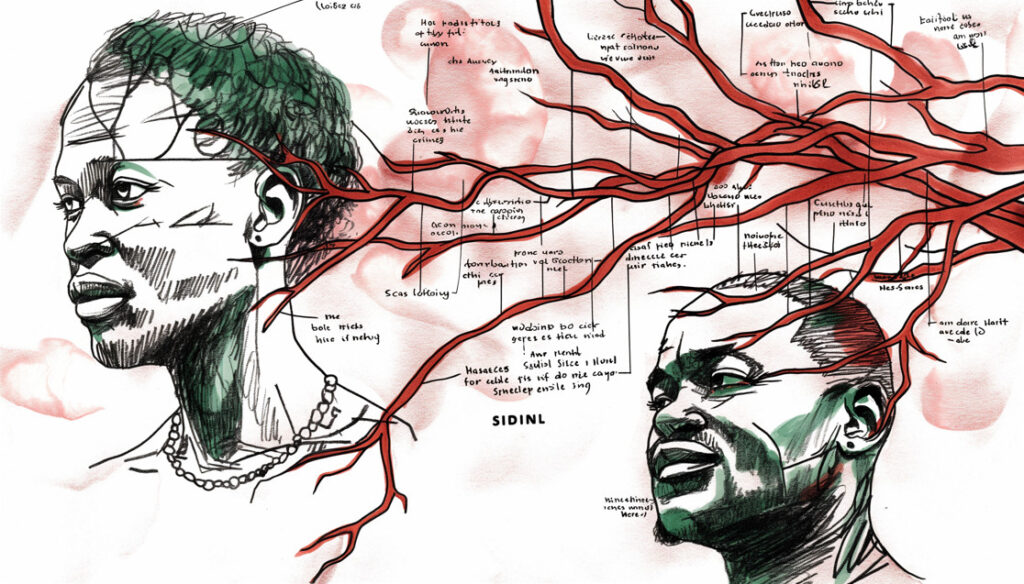
Ethical Art Provenance
The issue of ethical art provenance is another critical aspect covered by the newsletters. By documenting the histories and cultural significance of art objects, the newsletters aim to challenge the exploitative practices of the global art market.
The newsletters emphasize the importance of ethical provenance research in rectifying the historical undervaluation of African arts. By tracing the lineage of ownership and understanding the original cultural contexts, the newsletters advocate for greater recognition and appreciation of African art. They highlight the need for transparency in the acquisition process and the incorporation of local expertise to ensure that the cultural significance of the local art is respected and preserved.
Conclusion
In conclusion, the SIDINL Newsletters initiative provides a crucial platform for addressing the marginalization of local African art. By highlighting the experiences and challenges of African artists, the newsletters contribute to a more inclusive and ethical appreciation of African material culture. They advocate for greater recognition of the diverse artistic expressions and the importance of cultural sensitivity and ethical practices in the global art market.
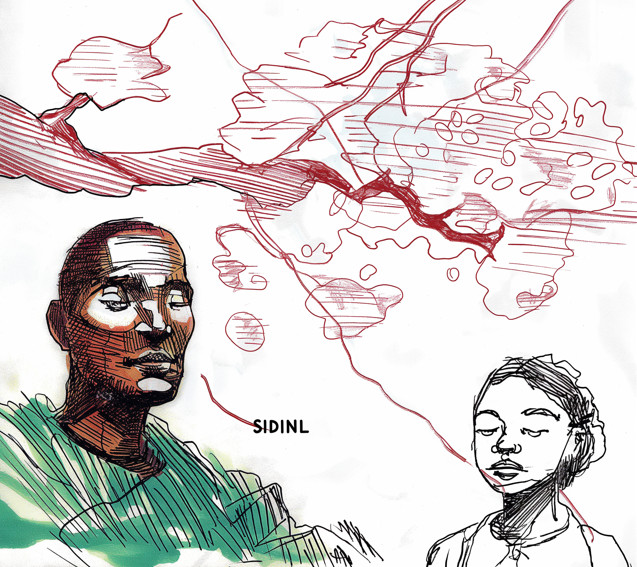
Gallery
A collection of African art objects, analyzed by some SIDINL Newsletters.
Note: Images may undergo some digital enhancement for better clarity and visual impact.

